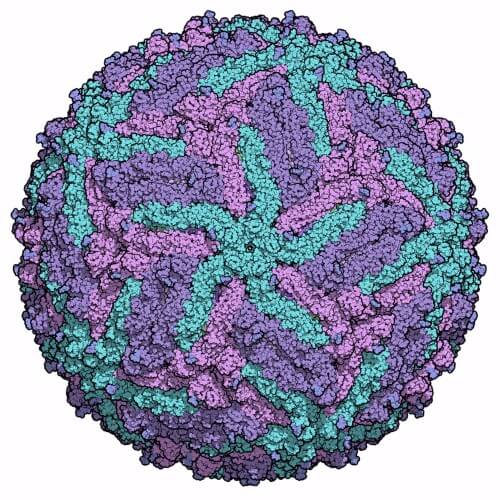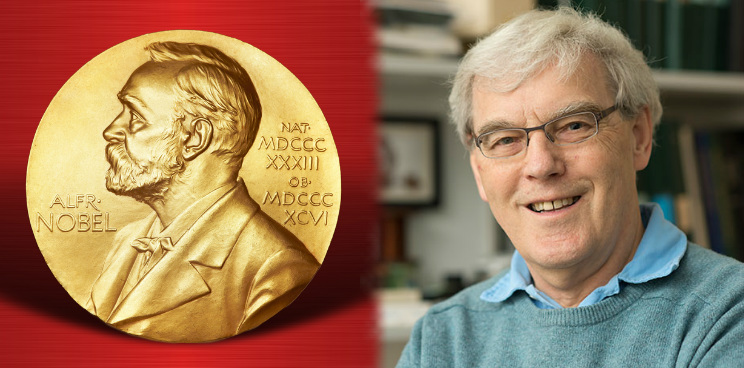Richard Henderson, awarded the Nobel Prize in Chemistry 2017, founded Heptares Therapeutics to apply his Nobel-winning technology to discover new medicines.
This year’s Nobel Prize in Chemistry has been awarded to Jacques Dubochet, Joachim Frank and Richard Henderson for the development of cryo-electron microscopy. This technology, now widely used in structural biology labs, is considered a stepping stone in the visualization of life at the molecular level. By freezing biomolecules in the middle of their activity, scientists can better understand the inner workings of the molecular machinery that keeps us alive.
Richard Henderson, working at Cambridge University, was the first to apply electron microscopy to proteins back in 1990, which proved the technology’s potential for biological applications. Once the technology was fully developed, in 2007, he co-founded Heptares Therapeutics, a biotech company that employs cryo-electron microscopy and other structural visualization techniques to study protein complexes and unveil new drug targets.

In particular, Heptares Therapeutics focuses on determining the structure of G protein-coupled receptors (GPCRs), a protein superfamily that is the target of about 40% of all the world’s drugs, treating everything from diabetes to cancer. However, these proteins are exceptionally hard to study and target because they have a very unstable structure.
Heptares’ StaR technology can stabilize these dodgy molecules to study their structure using cryo-electron microscopy and X-ray crystallography. Its huge potential for drug discovery made the British biotech land a €3Bn deal with Allergan last year to develop drugs for Alzheimer’s and other neurological diseases. Read more about it in our interview with Heptares’ co-founder Fiona Marshall.
Images via MRC; Paramonov Alexander, molekuul_be /Shutterstock





